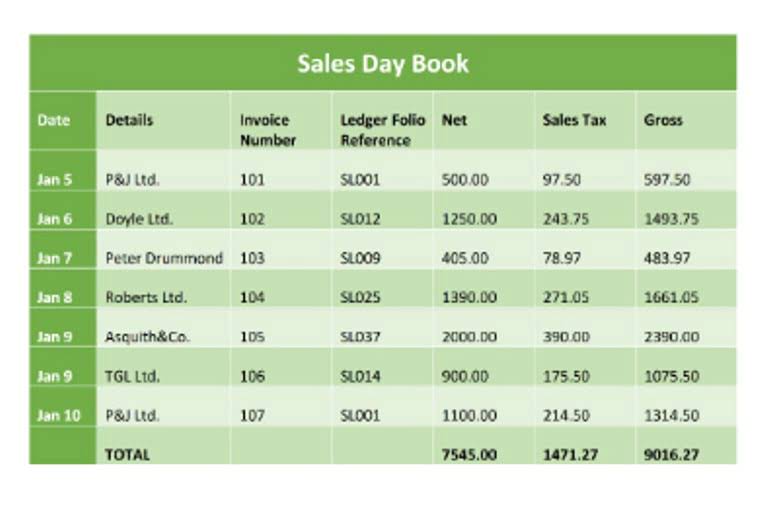Currently Empty: 0.00zł
How to Calculate Workers’ Compensation Cost Per Employee

For instance, even though you may pay overtime at a rate of 1.5x base wages, your workers’ comp carrier should only get paid according to the base salaries of your employees. This is why multiplying total payroll by the correct rate is so important to get an accurate estimate of your potential insurance costs. It’s also why you may need to divide employees into groups based on the type of work they do, so you don’t overpay on your policy. The insurer may apply credits or debits to the premium to determine the final quote you’re offered.
Five Most Common Workplace Injuries or Illnesses

In total, Ken’s Motorcycle Shop will pay $431 for a workers’ compensation policy. That’s an average cost per employee of $215.50, and represents less than 1% of payroll. So now that that you’ve tallied up employee wages, found your class codes and looked up your industry’s workers’ comp rates, you have all the pieces you need. So how do you calculate workers’ compensation insurance costs per employee?
Workers’ compensation insurance in California
Rates vary widely by state and industry, but small businesses in California paid about $1.83 for every $100 of employee payroll in recent years. An independent insurance agent can help you calculate how much your small business will pay for workers’ comp. Your business’s profits depend on the amount of total revenue it brings in annually after how to calculate workers comp cost per employee subtracting its operating costs, including its compensation expenses. A business in the construction industry will have vastly different compensation expenses from a bakery. The number of employees you have, as well as if they’re full-time or part-time, and the type of work they perform, can influence your compensation expenses as well.
Formula to Calculate Workers’ Compensation Insurance Cost
This tool can give you a basic estimate of your workers’ compensation insurance costs. If you like what you see, you can get a detailed quote tailored to your business. A workers compensation policy is based upon the actual payroll of your company. The initial policy is based upon your estimated payroll for the upcoming 12 months. At the expiration of the policy the insurer or their third party representative will audit your policy.
- This guide will delve into the components that contribute to the overall cost of an employee and offers.
- For example, in Nevada only the first $36,000 of each employee’s wages are reported.
- Since it’s a higher-risk job, the rate hovers around $7.50 per $100 of payroll.
- That means at the end of the year, your numbers are pretty spot-on, and any audit fees are minimal.
- Also note that Dustin Henderson’s part-time employment does not impact his coverage.
- You can also use the total company payroll and divide by number of employees to find the average cost per employee.

For example, businesses in California with one or more employees must have coverage. Small businesses in Tennessee with five or more employees must have coverage, and all coal mining and construction companies must have coverage. Now that you know how workers’ comp is calculated, you can figure out how much you will need to pay.

Minimum wage is lower compared to some U.S. states, potentially reducing labor costs. However, the cost of living, particularly in urban centers such as London, can offset these savings. If you want more information about earning discounts on your workers’ comp premiums, work together with an independent insurance agent. All workers’ comp policies require annual audits to help ensure that the employer pays the right amount for the coverage received.

This article is intended to be used as a starting point in analyzing how to calculate workers’ comp and is not a comprehensive resource of requirements. It offers practical information concerning the subject matter and is provided with https://www.bookstime.com/ the understanding that ADP is not rendering legal or tax advice or other professional services. For the most accurate rate and best price, use an independent agency that can shop around and present you with the most competitive quote.

The third factor in determining your comp rate is your X Mod, also referred to as the Experience Modification Rate (EMR). It’s important to note that comp does not cover personal injury claims, only work-related incidents. Experience the total flexibility of your policy anywhere, anytime, in an instant.

